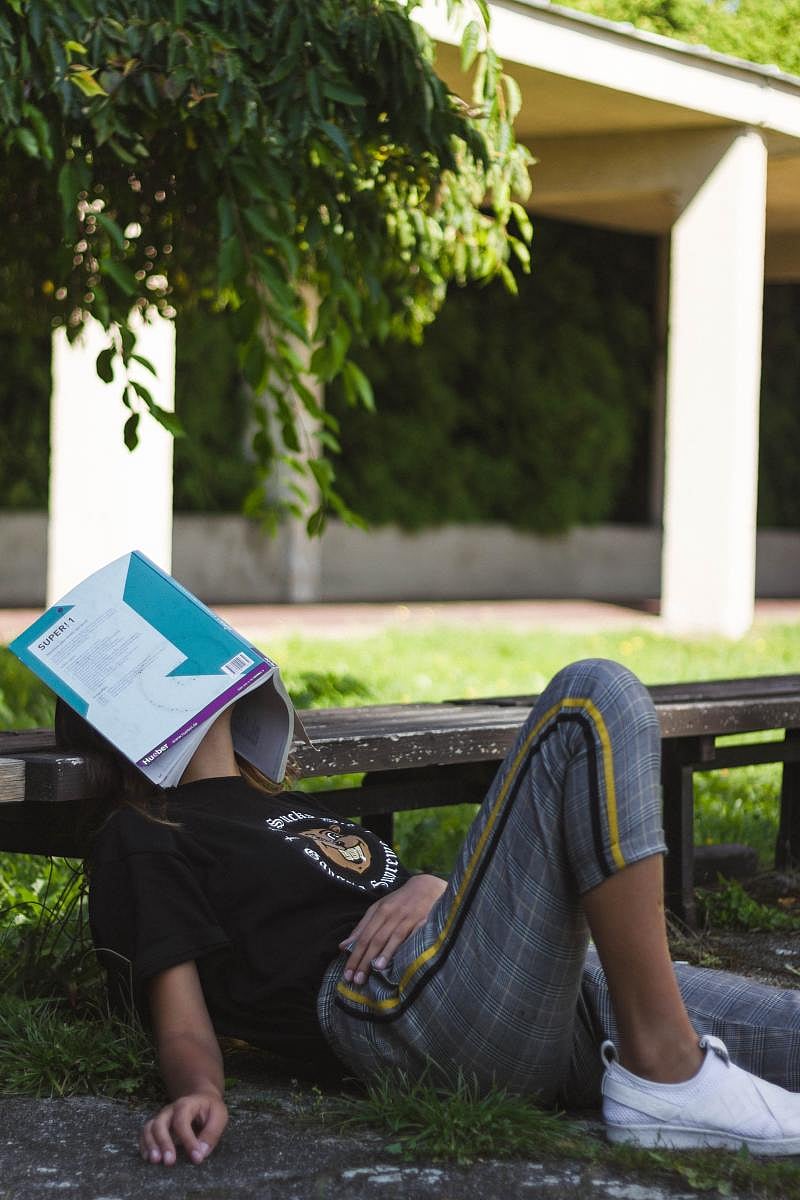
Juvenile Idiopathic Arthritis (JIA) which was earlier called juvenile rheumatoid arthritis, is a condition that can cause stiff or swollen joints, pain, and other symptoms in children. Arthritis is medically termed as inflammation of the joints and it worsens with age, if not treated right. There are several different types of this condition. They include:
Systemic arthritis: This type happens when the body’s infection-fighting system, called the immune system, attacks the joints. Children between the age of 1 and 16 years can get systemic arthritis and the most common symptom would be recurrent fever and rashes on their bodies. This type of arthritis is found both in boys and girls.
Polyarthritis: This type affects 5 or more joints after the child has it for 6 months. It is commonly found in girls than in boys. It is also called polyarticular arthritis.
Oligoarthritis: This arthritis, also called pauciarthritis, affects less than 5 different joints after the child has it for 6 months. It is the most common type of juvenile arthritis. About half the children who have juvenile arthritis have this type. It is more common in girls and usually starts at the age of 2 to 3 years. Children of 10 years and older rarely get it.
Enthesitis-related arthritis: This type of arthritis most often affects the leg and back joints. It usually starts later in childhood. It is found more commonly among boys than in girls. It is also called spondyloarthropathy or spondyloarthritis.
Psoriatic arthritis: This type affects one to many joints and shows symptoms like rash and nail changes. Patients can have sausage-like swelling of fingers or toes (doctors call this dactylitis). It is seen more in girls than in boys and rare in children under 1 year of age.
Symptoms of JIA
Some of the most common symptoms which must not be ignored include:
Fever: Children who have systemic arthritis sometimes get fever at the same time every day for two weeks or more.
Rashes: Children who have systemic arthritis sometimes get rashes like small pink patches. As soon as the fever comes down the rashes also subside and later triggers again with fever. However, children with psoriatic arthritis get a different type of rash. This rash looks like red, raised patches of skin that are sometimes covered by silver or white scales. The rash can be hard to see if it is in the joint creases, in the hairline, or behind the ears.
Pain, stiffness, and swelling in the joints: The joint symptoms happen in all types of juvenile idiopathic arthritis. The joints affected depends on the type of arthritis the child has. In most types, it affects the wrists, elbows, knees, and ankles however, in some cases it can affect other joints as well, such as hands and jaws. Enthesitis-related arthritis affects the back and hips as well.
Redness in the eye: Children with this condition also get painless red eye called uveitis which can be serious. Often, uveitis does not show symptoms until the eye gets damaged, so it’s essential to get the child tested.
When should you see a doctor?
If your child has a stiff, swollen, or painful joint and a high-grade fever, see a doctor. Initially, the doctor will examine your child’s symptoms to rule out any other disease and accordingly suggest some blood tests.
Treatment
Doctors use several different medicines to treat arthritis in children. These help joint pain and stiffness. They also help treat fever, rash, and other symptoms. Some of the medicines such as NSAIDs, ibuprofen and naproxen are helpful.
(The author is HOD and senior consultant of Internal Medicine at a leading chain of hospitals in Bengaluru.)